Energy Efficiency Demand
The increasing demand for energy-efficient lighting solutions is a primary driver for the Solid State Lighting Source Market. As energy costs continue to rise, consumers and businesses alike are seeking alternatives that reduce electricity consumption. Solid state lighting, particularly LED technology, offers substantial energy savings compared to traditional incandescent and fluorescent lighting. Reports indicate that LED lighting can consume up to 75% less energy, which not only lowers utility bills but also contributes to reduced carbon emissions. This shift towards energy efficiency is further supported by government incentives and regulations aimed at promoting sustainable practices. Consequently, the Solid State Lighting Source Market is experiencing robust growth as stakeholders prioritize energy-efficient solutions.
Technological Innovations
Technological innovations are a significant catalyst for the Solid State Lighting Source Market. Advancements in semiconductor technology, optics, and materials science have led to the development of more efficient and versatile solid state lighting products. Innovations such as tunable white light, smart lighting controls, and improved thermal management systems enhance the performance and application range of solid state lighting. Market data suggests that the introduction of new technologies could potentially increase the market share of solid state lighting solutions in various sectors, including residential, commercial, and industrial applications. This continuous evolution in technology is likely to sustain the growth trajectory of the Solid State Lighting Source Market.
Regulatory Support and Standards
Regulatory frameworks and standards play a crucial role in shaping the Solid State Lighting Source Market. Governments worldwide are implementing stringent regulations to phase out inefficient lighting technologies, thereby creating a favorable environment for solid state lighting solutions. For instance, many regions have established minimum efficiency standards that lighting products must meet, which often favors LED technology. This regulatory support not only encourages manufacturers to innovate but also drives consumer adoption of solid state lighting products. As a result, the Solid State Lighting Source Market is likely to expand as compliance with these regulations becomes increasingly necessary for market participants.
Consumer Awareness and Preferences
Consumer awareness regarding the benefits of solid state lighting is steadily increasing, which serves as a vital driver for the Solid State Lighting Source Market. As individuals become more informed about the advantages of LED lighting, such as longevity, reduced maintenance costs, and environmental benefits, their preferences are shifting towards these solutions. Surveys indicate that a growing number of consumers are willing to invest in energy-efficient lighting options, reflecting a broader trend towards sustainability. This heightened awareness is likely to propel the demand for solid state lighting products, thereby fostering growth within the Solid State Lighting Source Market.
Cost Reductions and Market Accessibility
Cost reductions in the production of solid state lighting technologies are enhancing market accessibility, which is a key driver for the Solid State Lighting Source Market. As manufacturing processes become more efficient and economies of scale are realized, the prices of LED and other solid state lighting products are decreasing. This trend makes solid state lighting solutions more affordable for a wider range of consumers and businesses. Market analysis indicates that as prices continue to drop, adoption rates are expected to rise, further stimulating growth in the Solid State Lighting Source Market. This increased accessibility is likely to open new market segments and applications.


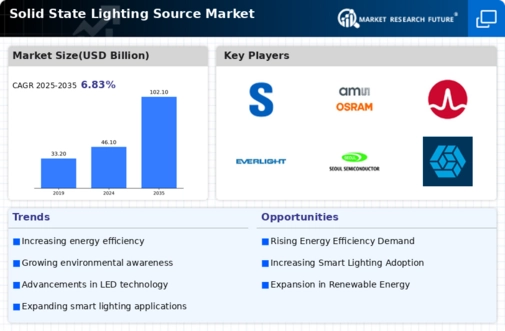
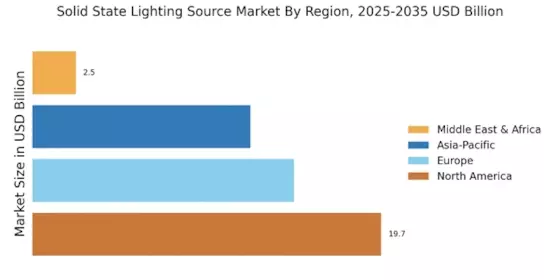

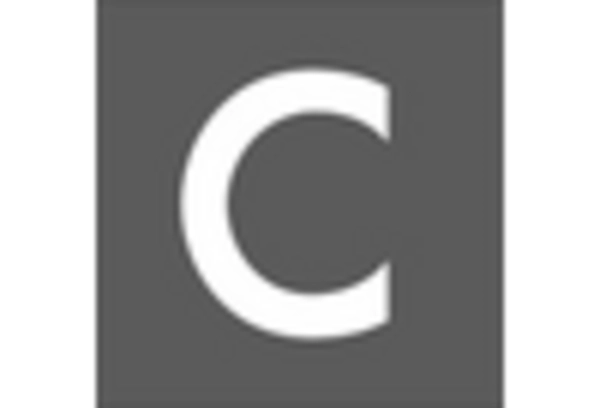
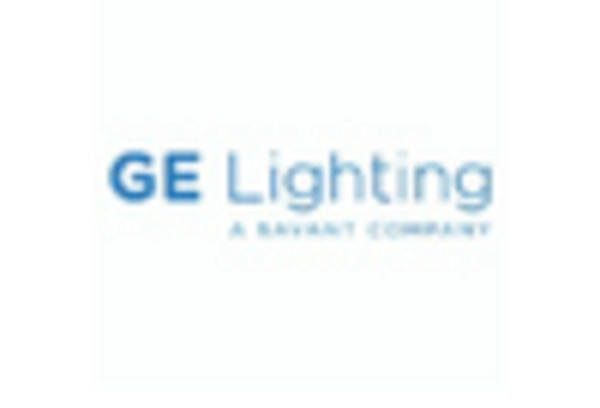
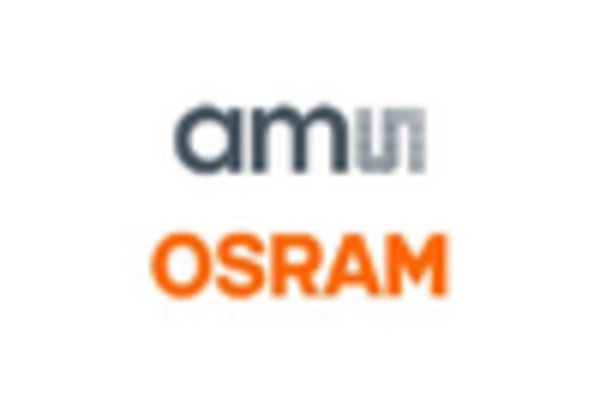










Leave a Comment